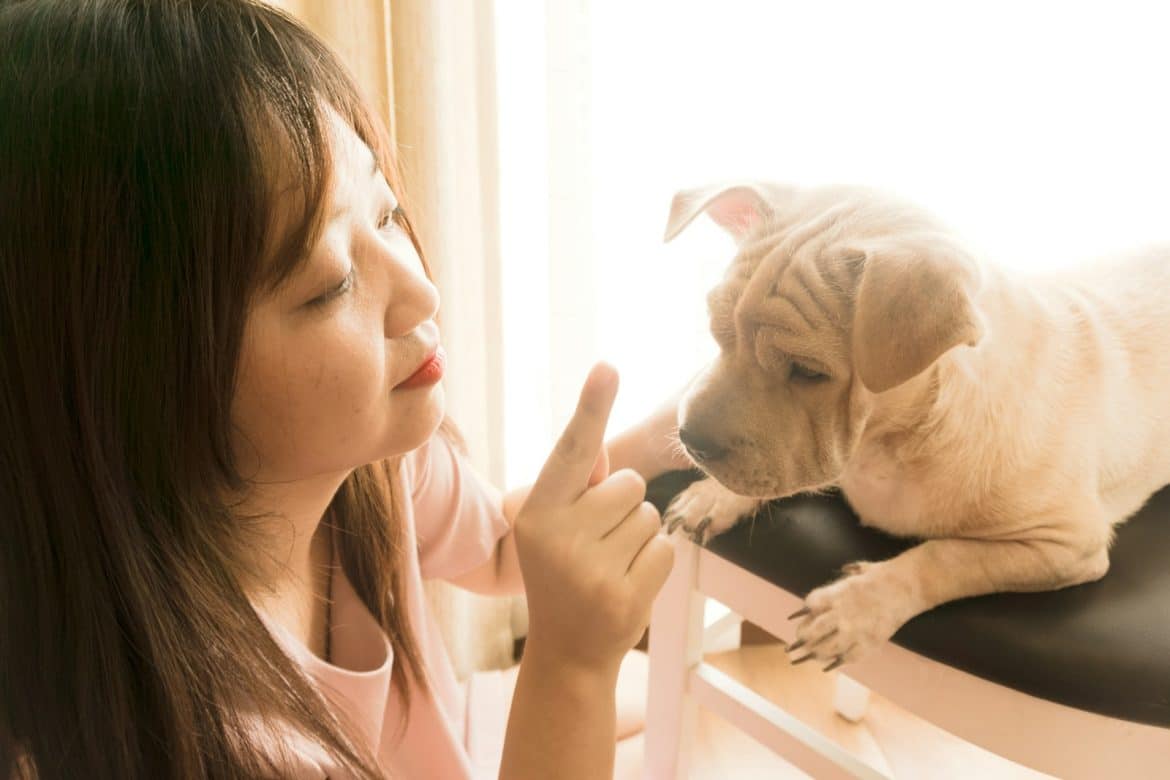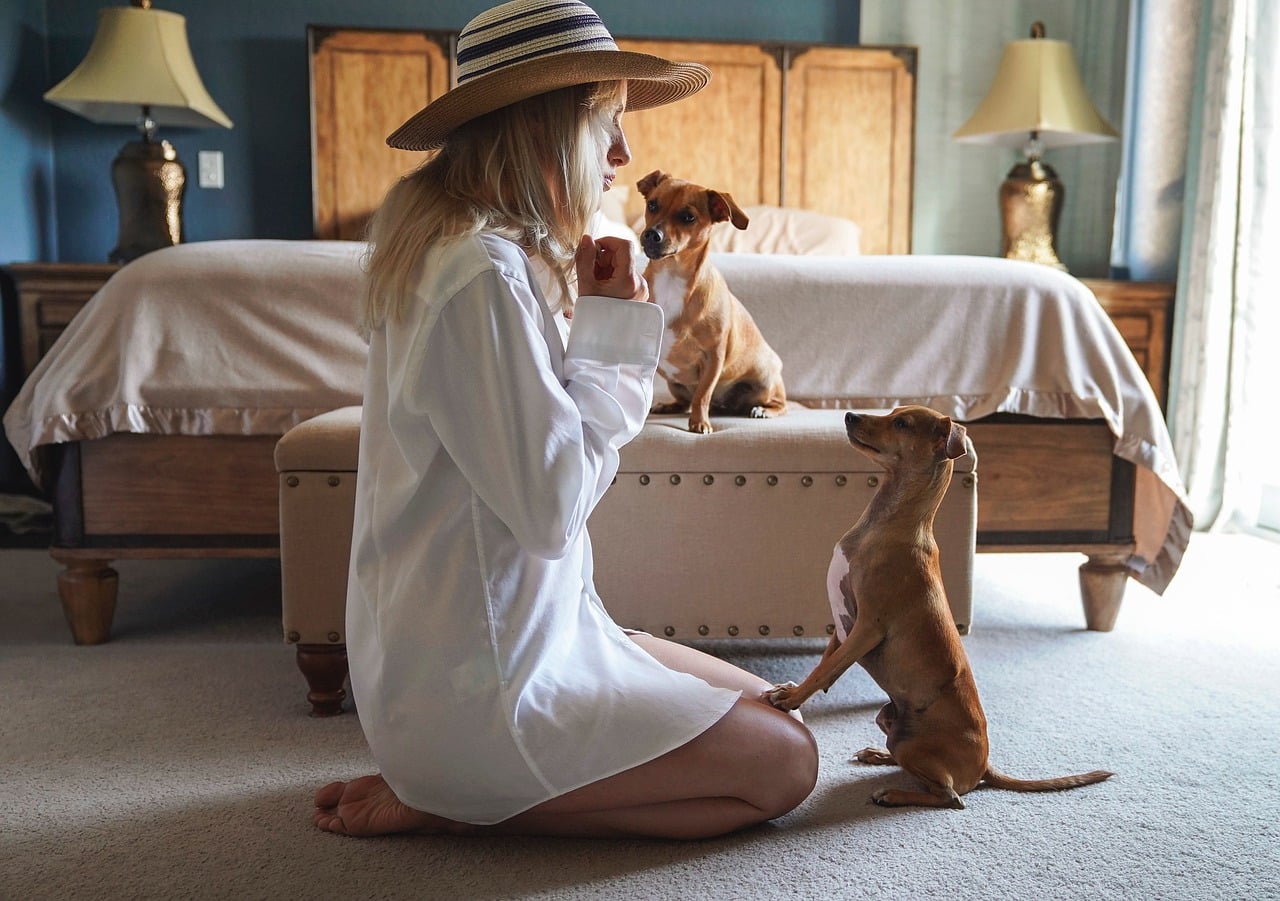If you’ve recently welcomed a furry bundle of joy into your home in the form of a playful puppy, you may be wondering how to embark on the journey of teaching them the basics. Well, look no further! In this article, we will be exploring the fascinating world of basic obedience training for puppies. Whether you’re a first-time puppy parent or simply seeking helpful tips and techniques, we’ve got you covered. So grab a treat, gather your pup, and get ready to embark on an exciting adventure towards a well-behaved and happy four-legged best friend.
Why Train Your Puppy?
The importance of training
Training your puppy is an essential part of their development and well-being. Not only does it help them become well-behaved and obedient companions, but it also ensures their safety and the safety of those around them. Proper training lays the foundation for a strong bond between you and your puppy, and it sets them up for a lifetime of good behavior.
Benefits of obedience training
Obedience training provides numerous benefits for both you and your puppy. Firstly, it helps prevent behavior problems from developing, such as aggression, fear, or destructive chewing. It also promotes mental stimulation and helps your puppy understand boundaries, which can reduce their stress levels.
Additionally, obedience training strengthens the bond between you and your furry friend. When your puppy learns to listen and follow your commands, it builds trust and respect. This connection not only makes daily life easier, but it also enhances your overall relationship and makes spending time together more enjoyable.
When to Start Puppy Training?
The ideal age to begin training
Puppy training should ideally start as soon as you bring your furry friend home. Puppies have a natural curiosity and eagerness to learn, which makes them more receptive to training at a young age. Starting early allows you to shape their behavior and instill good habits from the beginning.
However, it's important to note that puppies have a short attention span and limited impulse control. Therefore, training sessions should be kept short and frequent to accommodate their young age.
Considerations for early training
When starting training at a young age, it's crucial to focus on basic commands and concepts. Teaching your puppy their name, how to sit, and how to walk on a leash are essential skills to establish early on. It's also important to introduce them to different environments, people, and animals to help with socialization.
It's important to remember that young puppies can be easily overwhelmed, so it's essential to provide a calm and positive learning environment. Patience, consistency, and positive reinforcement will go a long way in helping your puppy learn and grow.
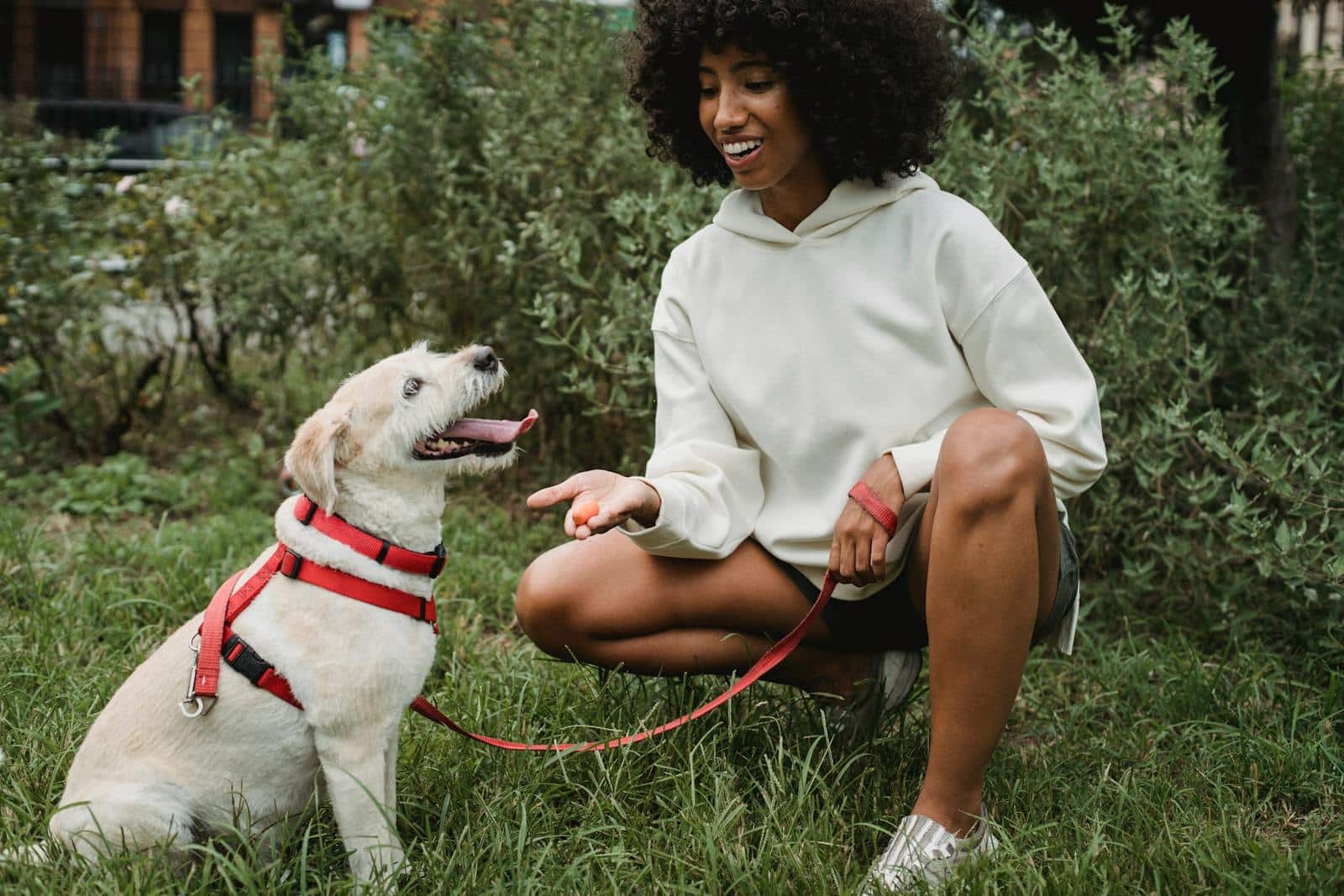
This image is property of images.pexels.com.
Setting Up a Training Routine
Establishing a schedule
Consistency is key when it comes to puppy training. Setting up a regular training schedule helps your puppy develop a routine and understand what is expected of them. Aim for short training sessions multiple times a day to maintain their focus and prevent them from getting bored or tired.
It's also important to note that puppies have limited bladder control, so scheduling regular potty breaks is essential. This will help prevent accidents and reinforce the idea of where and when it's appropriate for them to eliminate.
Creating a designated training area
Having a designated training area can help minimize distractions and create a focused learning environment for your puppy. Choose a quiet and comfortable space where you can work together without interruptions. Clear the area of any potential hazards or tempting objects that might distract your puppy.
Using treats or toys as rewards can also help keep your puppy engaged and motivated during training sessions. Make sure to have them readily available in your training space.
Essential Commands for Puppies
Sit
Teaching your puppy to sit is one of the foundational commands that every dog should learn. Start by holding a treat close to your puppy's nose and slowly move it upwards, causing their head to follow the treat. As their head moves up, their bottom will naturally lower into a sitting position. Once they are sitting, immediately praise and reward them with the treat. Repeat this process multiple times until your puppy starts understanding the command.
Stay
The "stay" command teaches your puppy to remain in a position until you give them permission to move. Start by asking your puppy to sit, then hold your palm out towards them and say "stay." Take a step back and reward your puppy with a treat if they stay in place. Gradually increase the distance and duration of the stay, always praising and rewarding your puppy for their patience and compliance.
Lie Down
The "lie down" command is useful for teaching your puppy to settle or to keep them calm in certain situations. Start by asking your puppy to sit, then hold a treat near the ground and slowly move it forward. As they follow the treat, their body will naturally lower into a lying down position. Once they are lying down, offer praise and a treat. Repeat this process until your puppy grasps the command.
Come
The "come" command is particularly important for your puppy's safety. It teaches them to return to you when called, even in potentially dangerous situations. Start by getting down to your puppy's level and saying their name followed by "come." You can encourage them further by patting your legs or using an excited tone of voice. When your puppy comes to you, reward them with praise and a treat. Gradually increase the distance between you and your puppy to reinforce the command.
Leave It
The "leave it" command is crucial for preventing your puppy from picking up or chewing on potentially harmful objects. Start by placing a treat on the ground and covering it with your hand. Say "leave it" and wait for your puppy to lose interest in the hidden treat. As soon as they divert their attention away from it, praise them and offer a different treat as a reward. Repeat this process with various objects to reinforce the command.
Drop It
Teaching your puppy to "drop it" is essential for their safety and to prevent them from hoarding objects that they shouldn't have. Start by offering your puppy a toy or a safe object to hold in their mouth. Once they have a good grip on it, say "drop it" and offer a high-value treat in exchange. As they drop the toy to take the treat, praise and reward them. Repeat this exercise with different objects to help generalize the command.
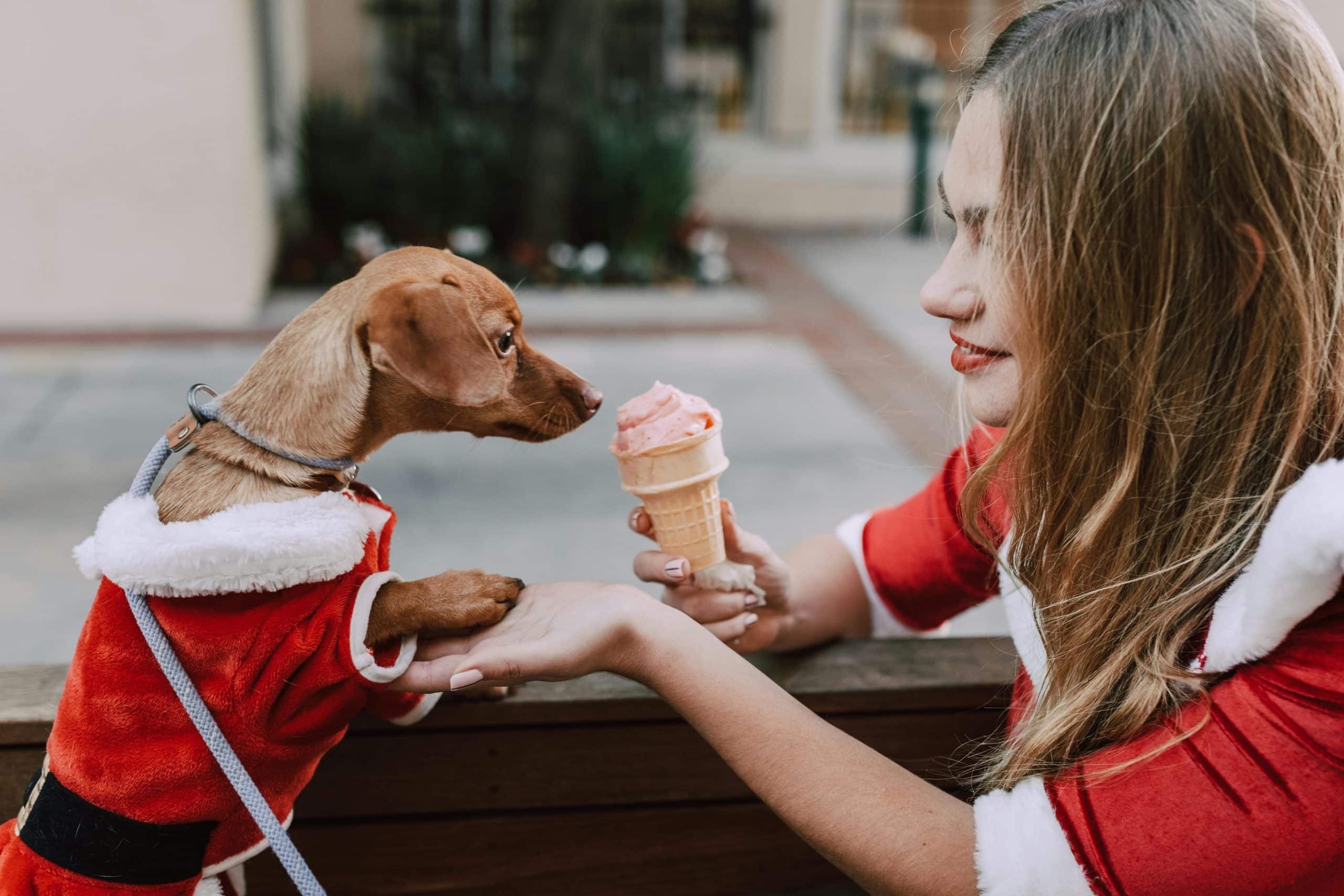
This image is property of images.pexels.com.
Positive Reinforcement Training
Benefits of positive reinforcement
Positive reinforcement is a highly effective and humane training method that focuses on rewarding desirable behaviors. It involves providing your puppy with praise, treats, or playtime when they exhibit the desired behavior. This type of training encourages your puppy to actively engage in learning and helps build a strong bond of trust and respect.
Using positive reinforcement not only motivates your puppy to repeat the behavior but also promotes a positive association with training. It creates a fun and rewarding experience for both of you, making training sessions enjoyable and effective.
Choosing rewards for your puppy
When using positive reinforcement, it's important to choose rewards that are highly motivating and enticing for your puppy. Treats are often the most common form of reward, but it's essential to select ones that your puppy finds particularly delicious. Experiment with different types of treats to find what gets your puppy excited and eager to learn.
In addition to treats, verbal praise and physical affection are also valuable rewards. A simple "Good boy!" or a scratch behind the ears can go a long way in reinforcing positive behavior. Some puppies may be particularly motivated by playtime or access to their favorite toy, so it's important to understand what your puppy loves and use it to your advantage during training.
Using Hand Signals and Verbal Cues
Teaching your puppy hand signals
Hand signals can be a valuable tool in dog training, especially for visual learners or when verbal cues might not be easily heard or understood. Start by pairing a specific hand signal with a verbal cue when teaching your puppy a command. For example, when teaching "sit," hold your hand palm up and move it upward while saying the word "sit." Always follow the hand signal with praise and a treat when your puppy performs the desired behavior.
Consistency is key to ensure your puppy associates the hand signal with the command. Use the same hand signal every time you give the verbal cue, and gradually phase out the verbal cue once your puppy responds reliably to the hand signal alone.
Training your puppy with verbal cues
Verbal cues are an essential part of training as they allow you to communicate with your puppy in various situations. When using verbal cues, it's important to choose simple and distinct words that your puppy can easily understand. Use a clear and upbeat tone of voice to capture their attention and convey your message effectively.
Consistency in both the word choice and tone of voice is crucial for your puppy to understand and respond to the verbal cues. When teaching a new command, say the word clearly and follow it with a hand signal or physical guidance to help your puppy understand what is expected of them. Gradually, your puppy will associate the verbal cue with the desired behavior, allowing you to rely on it alone.
This image is property of images.pexels.com.
Crate Training for Obedience
The purpose of crate training
Crate training is a valuable tool for teaching your puppy good behavior and providing them with a safe and comfortable space of their own. It helps with house training by preventing accidents and teaching your puppy to hold their bladder and bowels. It also helps prevent destructive behavior and provides a sense of security for your puppy when you're not able to supervise them.
A well-introduced crate becomes a cozy den for your puppy, and they will naturally seek it out for relaxation or sleep. It's important to note that crate training should always be done using positive reinforcement and never as a form of punishment.
Steps to crate training your puppy
To start crate training, introduce your puppy to the crate by placing treats or their favorite toys inside. Allow them to explore the crate at their own pace, rewarding them for any positive interaction with it. Gradually make the crate more enticing by feeding your puppy their meals near it or placing their bed inside.
Next, encourage your puppy to enter the crate by tossing treats inside and using a verbal cue, such as "crate" or "kennel." When your puppy willingly goes inside, praise them and offer more treats. Gradually extend the amount of time they spend inside the crate, always rewarding calm and relaxed behavior.
Remember to never force your puppy into the crate or use it as a form of punishment. The crate should always be associated with positive experiences and become a safe and happy place for your furry friend.
Socialization and Obedience
The importance of socialization
Socialization is a critical aspect of your puppy's training and development. It involves introducing them to different people, animals, environments, and experiences to ensure they can confidently and positively interact with the world around them. Proper socialization helps prevent fear, anxiety, and aggression issues and lays the foundation for a well-adjusted and happy adult dog.
Socialization should begin as early as possible to take advantage of your puppy's critical learning period. Expose them to a variety of sights, sounds, and smells, and provide opportunities for positive interactions with other dogs and people. Gradually increase the complexity of social situations to promote your puppy's confidence and adaptability.
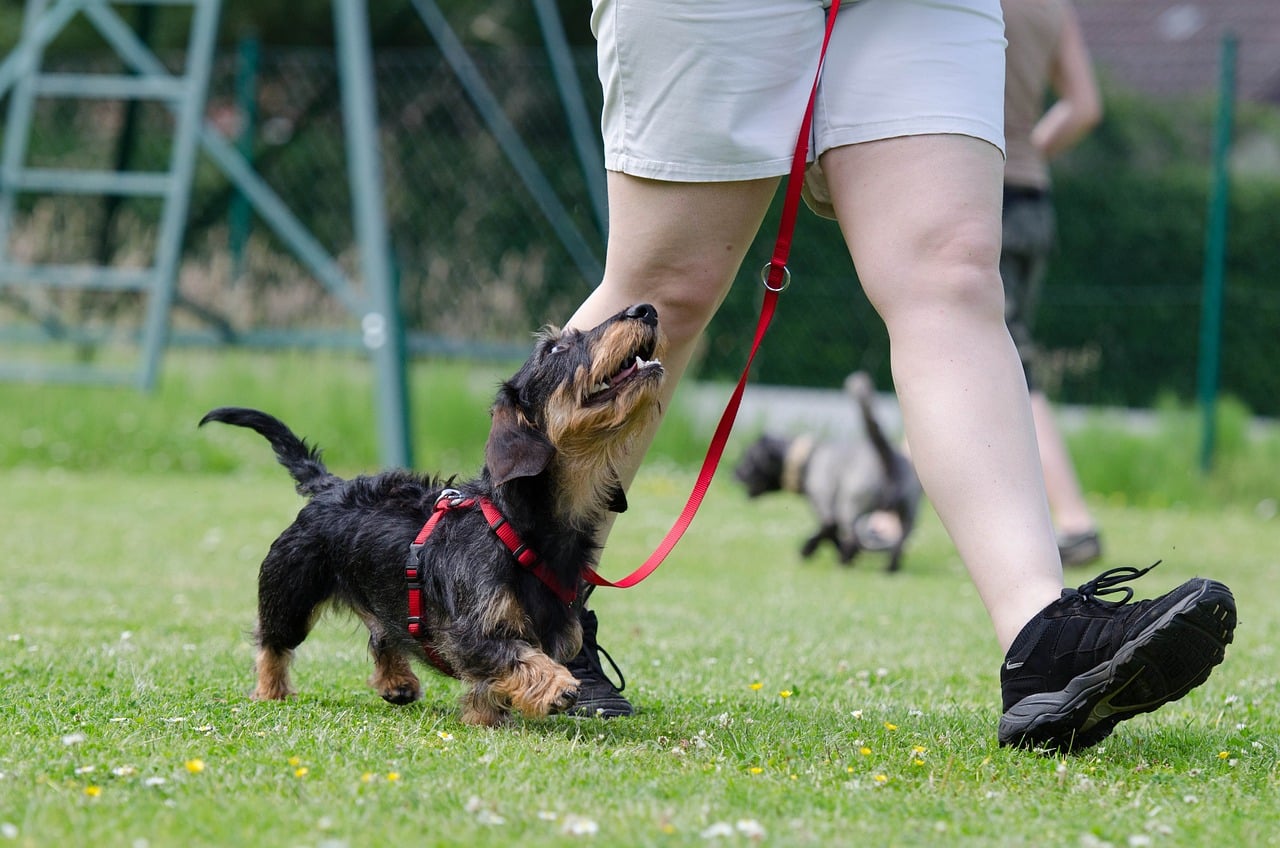
Incorporating obedience training into socialization
While socializing your puppy, it's important to incorporate obedience training to reinforce good behavior. Use basic commands like "sit," "stay," or "come" during social interactions to redirect your puppy's attention and maintain control. This not only ensures their safety but also teaches them to respond appropriately in various situations.
Reward your puppy with treats and praise when they exhibit good behavior during socialization. This positive reinforcement strengthens their understanding of commands and encourages them to continue behaving well around new experiences and stimuli.
Common Training Challenges
Dealing with stubbornness
Sometimes, puppies can be stubborn and resistant to certain commands or behaviors. It's important to approach these challenges with patience and understanding. When faced with stubbornness, avoid getting frustrated or resorting to harsh punishments, as this can be counterproductive and damage the trust between you and your puppy.
Instead, break down the command into smaller steps and reinforce each step separately. For example, if your puppy refuses to sit, praise and reward them for bending their knees or lowering their bottom. Take baby steps and gradually work towards the desired behavior. If the behavior persists, consider seeking guidance from a professional dog trainer.
Addressing fear or anxiety
Some puppies may exhibit fear or anxiety-related behavior during training or socialization. It's important to approach these situations with sensitivity and compassion. Never force your puppy to confront their fears, as it can intensify their anxiety and lead to further behavioral issues.
Instead, create a positive association with the feared object or situation by gradually exposing your puppy to it in a controlled and positive way. Use treats, praise, and a calm demeanor to help them associate the feared stimulus with positive experiences. If the fear or anxiety persists or becomes severe, consult with a professional trainer or behaviorist for expert guidance.
Hiring a Professional Trainer
Knowing when to seek professional help
While many puppy owners can successfully train their furry friends on their own, there may be situations where professional help is necessary. If you find yourself struggling to make progress, or if your puppy exhibits concerning behavior that you're unsure how to address, it's important to seek help from a qualified trainer.
Professional trainers have the knowledge and experience to assess your puppy's needs and tailor a training plan to address their specific challenges. They can provide valuable guidance, teach you effective training techniques, and help you overcome any training roadblocks.
Finding the right trainer for your puppy
When looking for a professional trainer, it's important to do your research and find someone who aligns with your training values and methods. Look for trainers with certifications or memberships in recognized organizations, as this demonstrates a commitment to ongoing education and professional development.
Additionally, ask for recommendations from friends, veterinarians, or local dog clubs. It can also be helpful to observe a trainer in action or attend a training class to see if their teaching style and approach match your goals and expectations.
Remember, a professional trainer should be knowledgeable, patient, and compassionate towards both you and your puppy. Finding the right trainer can make all the difference in your puppy's training journey and set them up for a lifetime of obedience and happiness.

